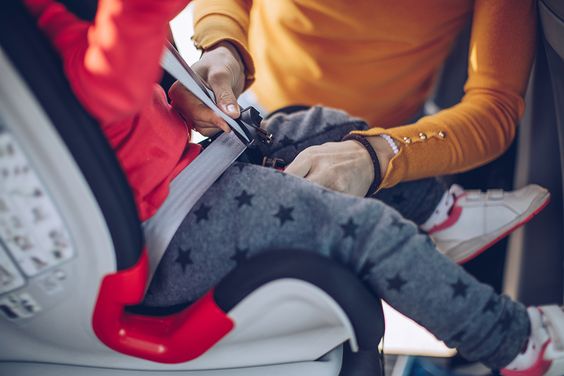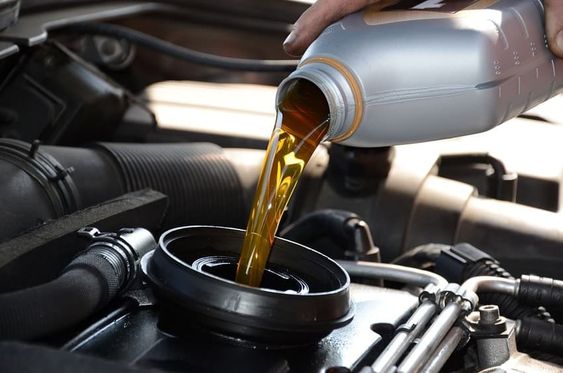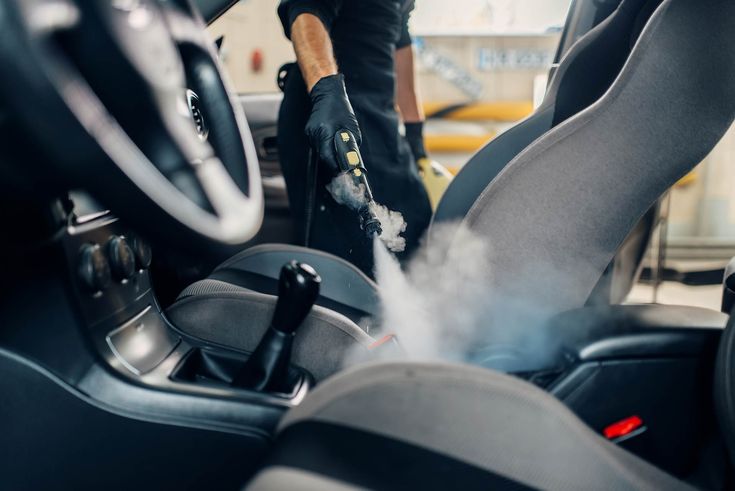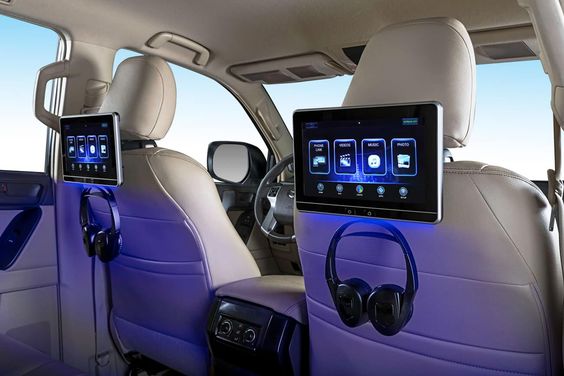Introduction:
Keeping children safe in the car is a top priority for any parent or guardian. With a few simple precautions and a commitment to safe driving practices, you can significantly reduce the risk of accidents and ensure your little ones arrive at their destination unharmed. This article will delve into essential car safety tips for children, covering everything from choosing the right car seat to understanding the importance of safe driving habits.

Every year, countless accidents involving children in cars occur, highlighting the critical need for awareness and preventative measures. By following the guidelines outlined in this article, you can create a safer environment for your children during car journeys, giving you peace of mind and allowing you to focus on the road ahead.
Choosing the Right Car Seat:
The foundation of car safety for children lies in selecting the appropriate car seat. Car seats are designed to protect children in the event of a crash, absorbing impact and minimizing injuries. The type of car seat you need depends on your child's age, weight, and height.
- Rear-facing car seats: These are essential for infants and toddlers up to a certain weight and height. They provide the best protection for their delicate necks and spines.
- Forward-facing car seats: Once your child outgrows the rear-facing stage, they can transition to a forward-facing car seat. These seats have a harness system to secure your child.
- Booster seats: When your child is too big for a forward-facing car seat but still too small for an adult seat belt, a booster seat is necessary. It elevates the child so the seat belt fits properly.
Safe Driving Practices:
While car seats are crucial, safe driving practices are equally important. Here are some essential tips:
- Buckle up: Always ensure that all passengers, including children, are properly buckled up in their appropriate car seats.
- Avoid distractions: Distracted driving is a major cause of accidents. Put away your phone, avoid eating while driving, and focus on the road.
- Drive defensively: Be aware of your surroundings and anticipate potential hazards. Leave ample space between your car and other vehicles.
- Obey speed limits: Speeding increases the risk of accidents and makes it harder to control your vehicle.
- Never drive under the influence: Alcohol and drugs impair judgment and reaction time, making driving extremely dangerous.
Additional Safety Tips:
- Keep children in the back seat: Children under 13 should always ride in the back seat, where they are furthest from the impact zone in a crash.
- Check for recalls: Regularly check for car seat recalls and ensure your car seat is up-to-date.
- Install car seats correctly: Improper installation can compromise the effectiveness of a car seat. Seek professional help if needed.
- Teach children about car safety: Educate your children about the importance of car safety and how to behave safely in a vehicle.
Conclusion:
Car safety for children is a shared responsibility. By choosing the right car seat, practicing safe driving habits, and following additional safety tips, you can create a safer environment for your children during car journeys. Remember, every precaution you take contributes to their well-being and peace of mind.





